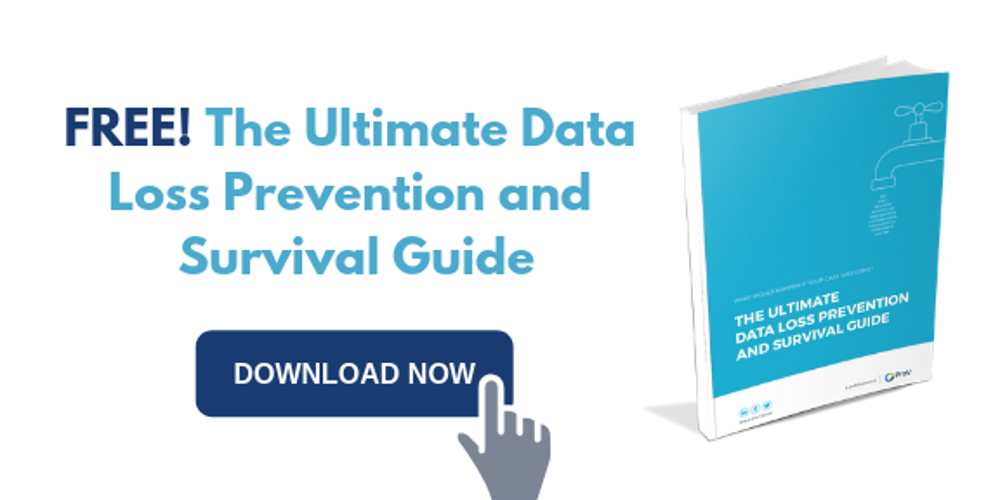Data theft continues to rise amongst the confusion of organizations making the same daft mistakes. Such instances can be avoided by following some simple best practice methodologies listed below.
1) Continual Training
You are well-advised to make regular security training a must for your employees. You can teach them the ability to detect phishing scams and also guide them with examples of respectable password standards versus easily replicable ones. You can also drive home the importance of permitting security updates on devices.
2) Update Compulsively
Make sure your applications, whether on your desktop PC, laptop, or mobile devices, are up-to-date all of the time. Most software’s issue a patch fix as soon as they detect a security vulnerability, so make sure you’re protected, too.
3) Classify Information
The data flowing through your enterprise needs to be structured as unstructured data repositories make an easier victim for threats. Sensitive information needs to be classified as such. Servers, workstations, devices, contractor systems, or cloud services all need to be classified on a need-to-know basis. Employees only need to have access to the data they need to do their jobs and accessibility needs to be tracked.
4) Encryption
The most fool-proof way of keeping yourself protected against attacks is by encrypting your data. Encrypted data, even if hacked by potential attackers, will be useless to them. Industry leaders have long since advocated encrypting data and make a case for the encryption process to be omnipresent as well as automatic.
Unlike a data loss prevention (DLP) policy, which seeks to eliminate most known threats and reduce the effects of cyber criminals and human error, a disaster recovery plan (DRP) aims to eliminate the hassles faced with events that you have no control over.

